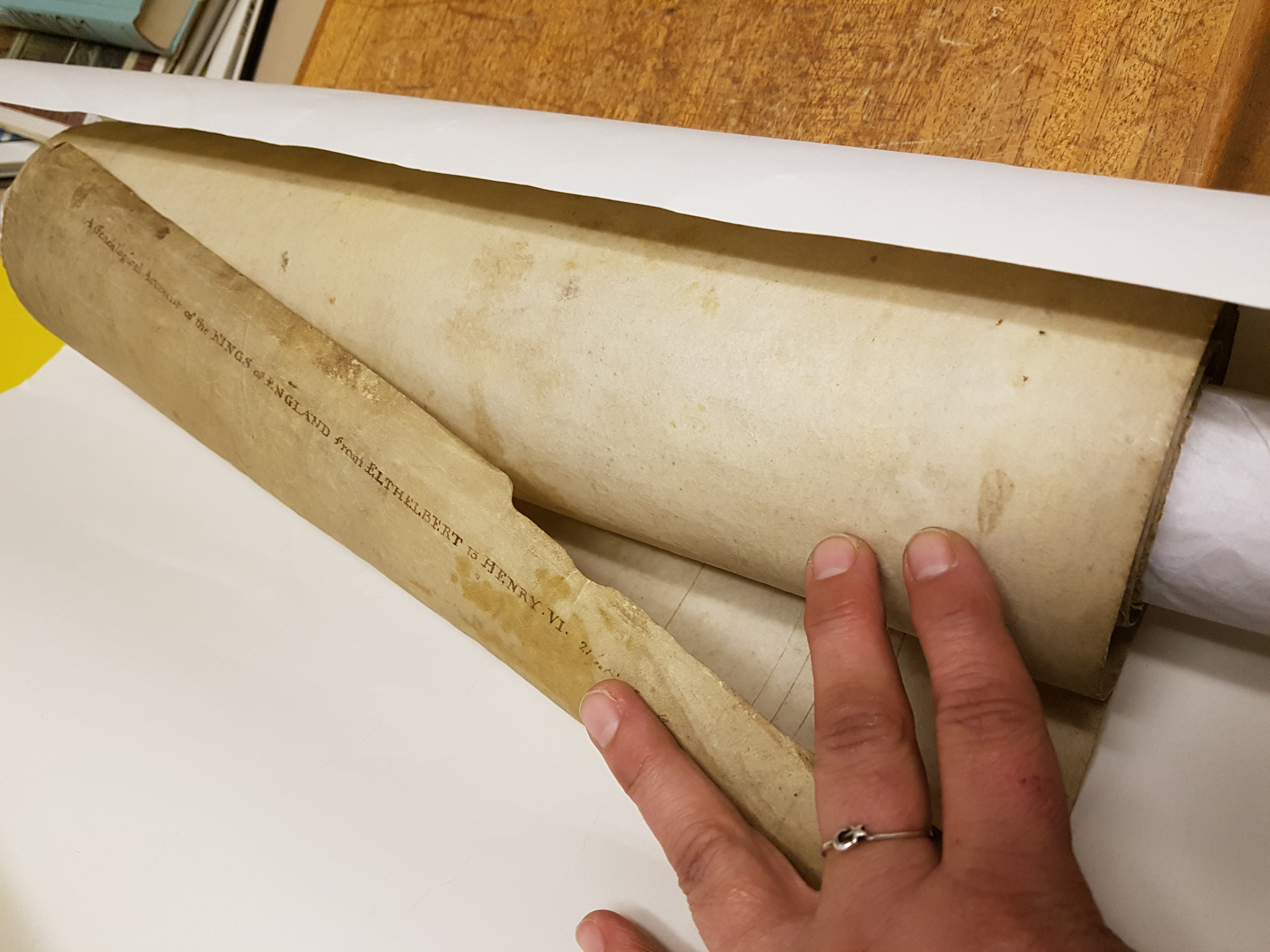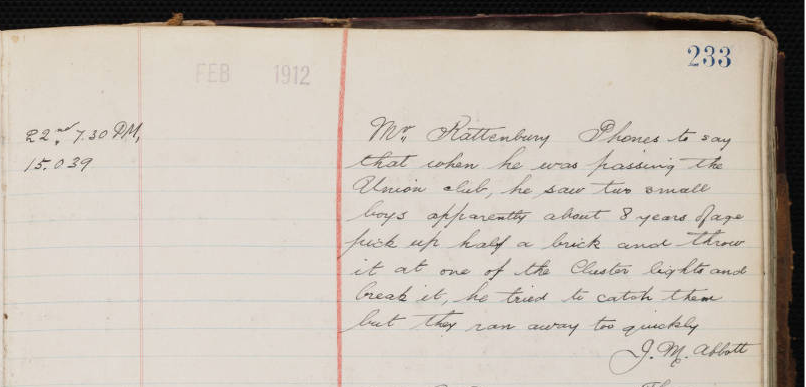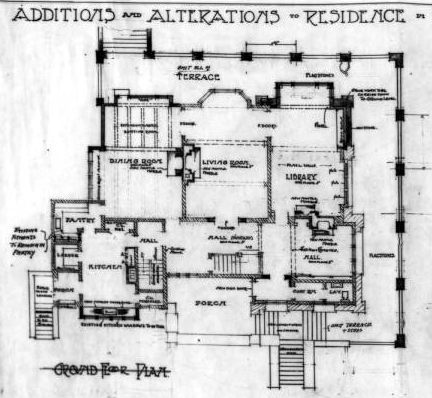Curling up with History
How does one scan a 21-foot scroll from the 15th century? Carefully, in short sections which are then digitally stitched together to form a whole representation of the original. In total there were 13 scans of the front of the scroll and one to capture the text on the reverse at the foot of the scroll (seen in the photo above). The original scroll is comprised of “9 membranes [of parchment] attached by glue” and they vary slightly in size.









